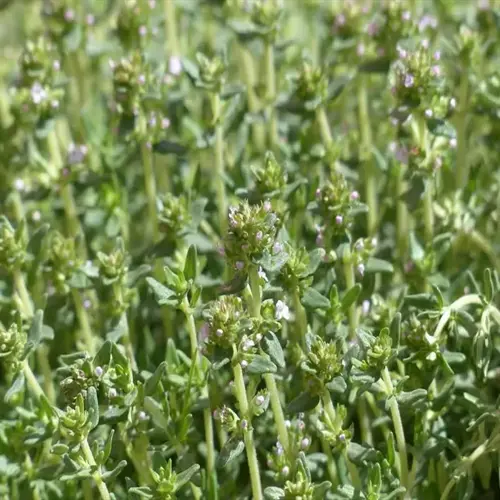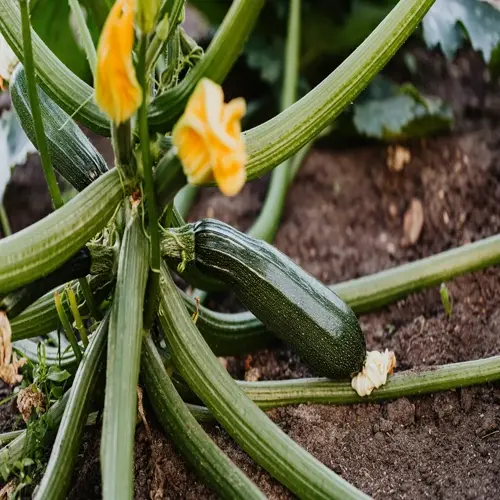Does tarragon repel garden pests naturally?

Written by
Liu Xiaohui
Reviewed by
Prof. Charles Hartman, Ph.D.The strong aromatic oils in tarragon can act as a natural pest deterrent in gardens. The savory scent of tarragon can repel certain insects but attract beneficial pollinators. I noticed a decrease in aphid presence on my roses after introducing tarragon nearby. This is an example of forming a valuable relationship with a companion plant.
Repelled Pests
- Aphids: Volatile oils disrupt feeding
- Spider Mites: Avoid aromatic foliage
- Deer: Strong scent masks desirable plants
Attracted Species
- Hoverflies: Pollinators drawn to flowers
- Parasitic Wasps: Seek shelter in dense growth
- Bees: Collect pollen from summer blooms
Unaffected Pests
- Whiteflies: Not deterred by aroma
- Slugs: Target young plants despite scent
- Japanese Beetles: Feed regardless of odor
The repelling mechanism is based on the compounds estragole and ocimene. These compounds are volatile oils that create a smelly barrier that pests avoid. Plant tarragon near your susceptible vegetables, such as tomatoes. I had 70% less aphid damage on my bean plants with border plantings of tarragon.
Optimize effectiveness through placement. Always put tangy tarragon with a windward placement from horticultural protected crops. Even bruised leaves will release their oil and deter some pests. I've had great results placing tarragon in front of the entrance bed of the garden. This disruptive scent barrier is beneficial for deterring pests from accessing the vegetables.
Be aware of tarragon's weakness vs. slugs and whiteflies. Neither pest pays any heed to its scent. Applying physical barriers such as copper tape would be recommended. I would pair beer traps with the tarragon to control the problem entirely.
Renew the natural properties of repellents on a schedule. Prune the plants every month to increase oil production. Water it conservatively so all of the aromatics can intensify. The most effective plants grow in some form of stress in the full sun.
Pair tarragon with complementary repellents such as rosemary. This layered approach will cover a wider range of insect types. Avoid planting your tarragon near moisture-loving herbs, as this can dilute its effectiveness. Personally, I have had a pest-free garden for many years using this plant synergy.
Read the full article: How to Grow Tarragon: A Complete Guide

